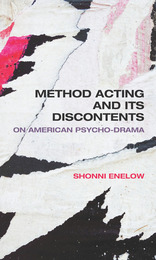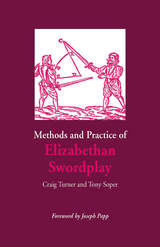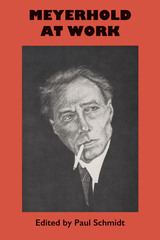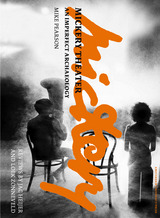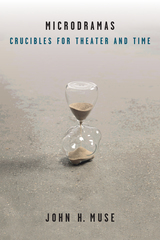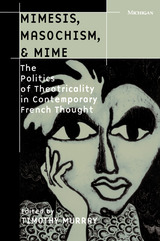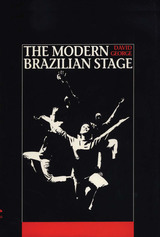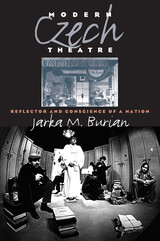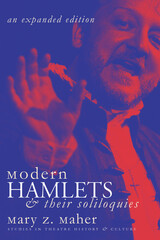The Community of Nuchi Du Takara ("Life Is the Ultimate Treasure") in Postwar Okinawa: Local Subjectivity within and against Empire
University of Michigan Press, 2025
Cloth: 978-0-472-07714-4 | Paper: 978-0-472-05714-6 | eISBN: 978-0-472-22202-5
See other books on: Community | Comparative Politics | History & Theory | Japan | Postwar Okinawa
See other titles from University of Michigan Press
Cloth: 978-0-472-07714-4 | Paper: 978-0-472-05714-6 | eISBN: 978-0-472-22202-5
ABOUT THIS BOOK | AUTHOR BIOGRAPHY | TOC
ABOUT THIS BOOK
Against the background of the prolonged presence of the US military in post–World War II Okinawa, The Community of Nuchi Du Takara (“Life Is the Ultimate Treasure”) in Postwar Okinawa explores the conflict between Okinawa and the US-Japan alliance. Inoue examines how Okinawan activists, artists, writers, and others have resisted US military presence, particularly the planned construction of a new military facility in northern Okinawa. In so doing, however, Inoue also underscores something in postwar Okinawa that one fails to grasp if one approaches it solely through the lens of resistance or protest. In historically and ethnographically grappling with this “something,” he develops a local notion of nuchi du takara (“life is the ultimate treasure”) into an analytical concept. Inoue shows how nuchi du takara has functioned as a cultural cushion inserted between the constituent power of Okinawan social actors from below and the constituted power of the US-Japan alliance from above; it has helped Okinawan social actors externally engage in complex negotiations—compromises and concessions as well as resistances and protests—vis-à-vis Washington and Tokyo, a process involving the development of the internal capacity of their community to embrace diverse and often contradictory attitudes toward the US military for small yet significant and incremental social changes if not revolution. Inoue’s grounded investigation points toward the possibility of a World Republic—an international politics built upon universal peace, global democracy, and shared affluence—against the current sovereignty of global capitalism.
See other books on: Community | Comparative Politics | History & Theory | Japan | Postwar Okinawa
See other titles from University of Michigan Press

